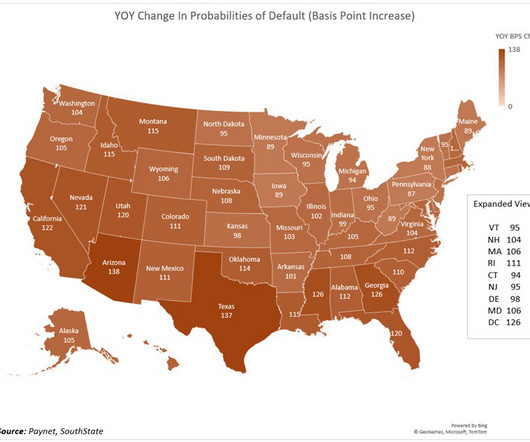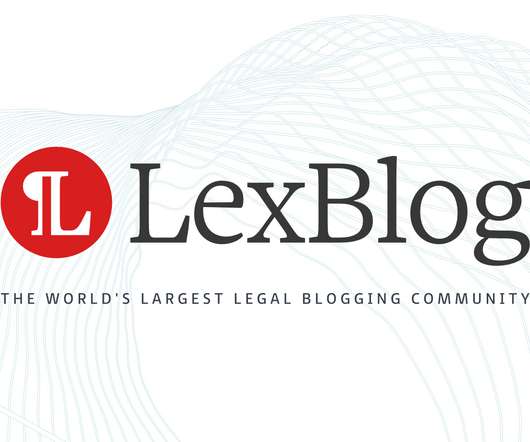Commercial Credit Trends – Where to Tread Carefully
South State Correspondent
MAY 23, 2023
Lending is getting riskier. This data is critical for pricing, capital allocation, and marketing. As can be seen, the consumer is starting to feel the credit shock first while commercial lending is still performing. The operative question is when commercial PODs will show a spike. This quarter, it is 2.58%.














Let's personalize your content